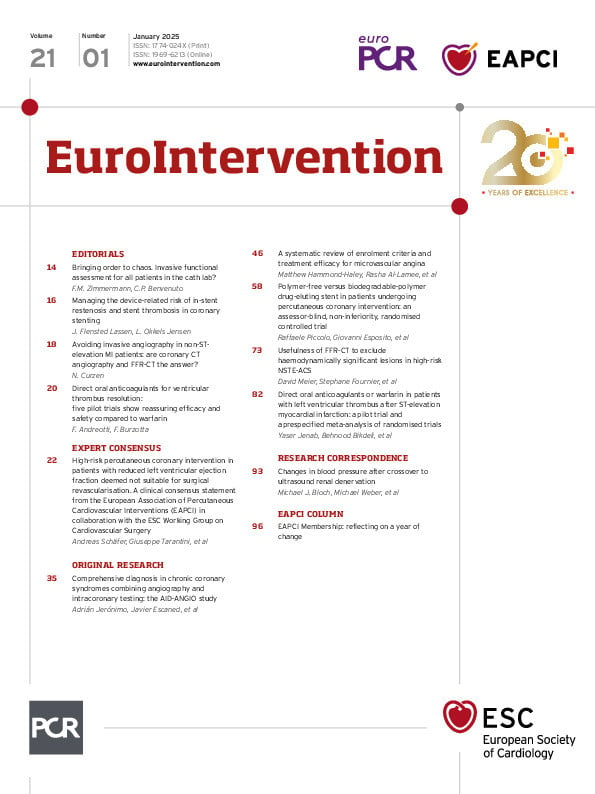To paraphrase Homer’s Odyssey, Book XII (c. 750 BCE), we are “steering between the Scylla of too-much and the Charybdis of not-enough”.
Since the first coronary artery balloon angioplasty by Andreas Grüntzig in 1977 and during the subsequent introduction of bare metal stents (BMS) in 1986 and drug-eluting stents (DES) in 1999, the Achilles’ heel of percutaneous coronary interventions (PCI) has been the delicate balance between increased risk of restenosis and increased risk of early and late stent thrombosis as well as the risk of bleeding due to the antiplatelet treatment required1. The introduction of BMS reduced the abrupt vessel closure after plain old balloon angioplasty by sealing the dissections and covering the ruptured plaques, but this introduced a risk of early stent thrombosis and a high rate of late in-stent restenosis1. DES have consistently reduced the risk of restenosis by the elution of antiproliferative drugs, but this benefit has come with the price of an increased and prolonged risk of stent thrombosis, probably due to delayed healing and re-endothelialisation of the stent struts12. This observed...
Sign up for free!
Join us for free and access thousands of articles from EuroIntervention, as well as presentations, videos, cases from PCRonline.com

